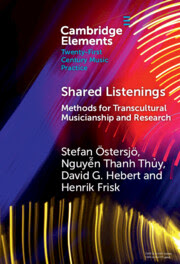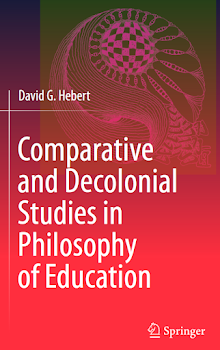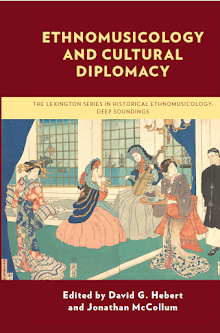[Updated 03/31/09 for improved international video access:]
Why are so many academics and classical musicians prejudiced against popular music?
Ask, and you may discover that many cannot identify a single popular music performer from recent years that they would consider to have artistic merit.
Does wholesale dismissal of contemporary popular music as trivial and worthless represent an informed or a naïve position? Many academics in the field of music (and performers in classical and jazz styles) have never tried songwriting nor performing in popular music genres on appropriate instruments, so their opinions are actually based on assumptions rather than experience or research.
Those who understand popular music genres realize that it takes genuine artistry to establish such tight and intense grooves as can be found in some recently popular songs, such as Radiohead’s “Jigsaw,” Lenny Kravitz’s “Rock and Roll is Dead,” Stevie Wonder’s “Superstition,” or Incubus’ “Dig.”
[NOTE: This website is best viewed with the Mozilla Firefox browser - downloadable for free - rather than Internet Explorer or Netscape.]
Radiohead: Jigsaw
Lenny Kravitz: Rock and Roll is Dead
Stevie Wonder: Superstition
Incubus: Dig
It also takes creative artistry to produce the compelling melodies, insightful lyrics, and unique song forms encountered in much of the music of Keane, Coldplay, Sting, Sarah McLachlan, Norah Jones, and others.
Keane: This is the Last Time
Here is a website for more of Keane:
Coldplay: See You Soon
Coldplay: Trouble
Coldplay: Shiver
Sting – a rock musician – singing a great jazz standard
Sarah McLachlan: Possession
Norah Jones: Don't Know Why
Suzanne Vega: Caramel
Finally, Nordic musician Bjork seems to be among the most creative and daring artists in popular music today.
Bjork: Human Behaviour (live on BBC)
More Bjork:
Bjork on musical snobbery:
While much of popular music is mass produced with maximum profits as the aim, some performers successfully manage to combine both artistry and popularity, even today.
Here is a link for resources in popular music studies:
http://www.iaspm.net/journals.htm
























